La Niña, la Pinta y la Santa María en Google Maps
o El Nuevo Mundo
la población fue diezmada por las enfermedades
The NC-4 was a Curtiss NC flying boat that was the first aircraft to fly across the Atlantic Ocean, albeit not non-stop.
Every day between two and three thousand aircraft fly across the North Atlantic, with the UK – and NATS – acting as the gateway to Europe.
The concept jet, unveiled by the US aviation firm this week, would have a potential top speed of more than 3,800mph – close to five times the speed of sound.
Reaching a speed of Mach 5 would allow the aircraft to complete a trip across the Atlantic in around 120 minutes, while a flight crossing the Pacific would take roughly three hours.
Each year, more than 11 billion tons of stuff gets carried around the world by large ships. Clothes, flat-screen TVs, grain, cars, oil — transporting these goods from port to port is what makes the global economy go 'round.
Submarine fiber-optic cables
Are we completely reliant on submarine cables? Yes, for international communications, over 99% is delivered by undersea cables. It’s a common belief that satellites are the future of how things are carried, but that hasn’t been the case for quite some time.
A group of British engineers is building a boat capable of crossing the Atlantic Ocean between Cornwall and New York in just 48 hours. The design (illustrated in a CGI image) will make the crossing with an average speed of (105km/h), beating the current two day, ten hour and 54-minute record for the crossing that has been held since 1992
Over long distances people don’t think in miles and kilometers. They think in hours. Crossing the U.S. takes about 5. Going from New York to Dubai takes about 14.
Speed isn’t about going really fast. It’s about closeness. It’s about making far away places feel like they’re right around the corner.
If we can fly twice as fast, the world becomes twice as small, turning far off lands into familiar neighbors.
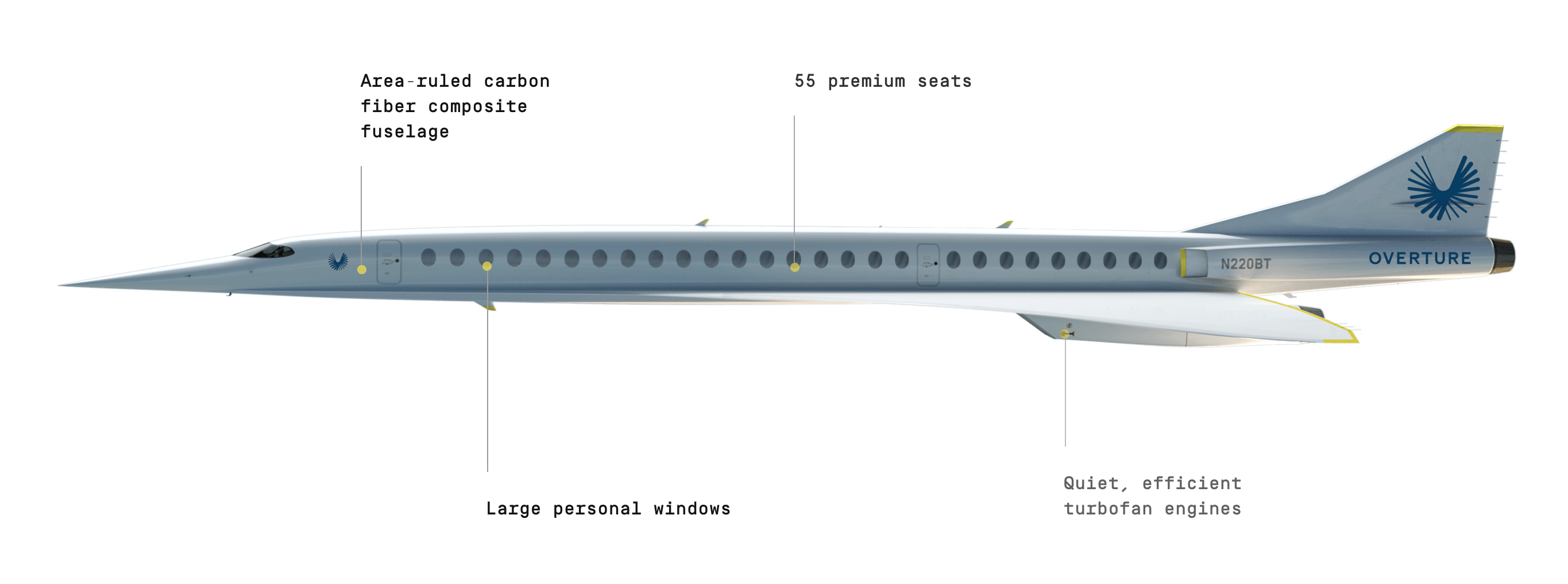
Vactrain
Main article: Vactrain
A 1960s proposal has a 3,100 miles (5,000 km)-long near-vacuum tube with vactrains, a theoretical type of maglev train, which could travel at speeds up to 5,000 miles per hour (8,000 km/h). At this speed, the travel-time between New York City and London would be less than one hour. Another modern variation, intended to reduce costs, is a submerged floating tunnel about 160 feet (49 m) below the ocean surface, in order to avoid ships, bad weather, and the high pressure associated with a much deeper tunnel near the sea bed. It would consist of 54,000 prefabricated sections held in place by 100,000 tethering cables. Each section would consist of a layer of foam sandwiched between concentric steel tubes, and the tunnel would also have reduced air pressure.[1]
Jet propulsion
Ideas proposing rocket, jet, scramjet, and air-pressurized tunnels for train transportation have also been put forward. In the proposal described in an Extreme Engineering episode, trains would take 18 minutes to reach top speed, and 18 minutes at the end to come to a halt. During the deceleration phase, the resultant 0.2g acceleration would lead to an unpleasant feeling of tilting downward, and it was proposed that the seats would individually rotate to face backwards at the midpoint of the journey, in order to make the deceleration more pleasant.[1]
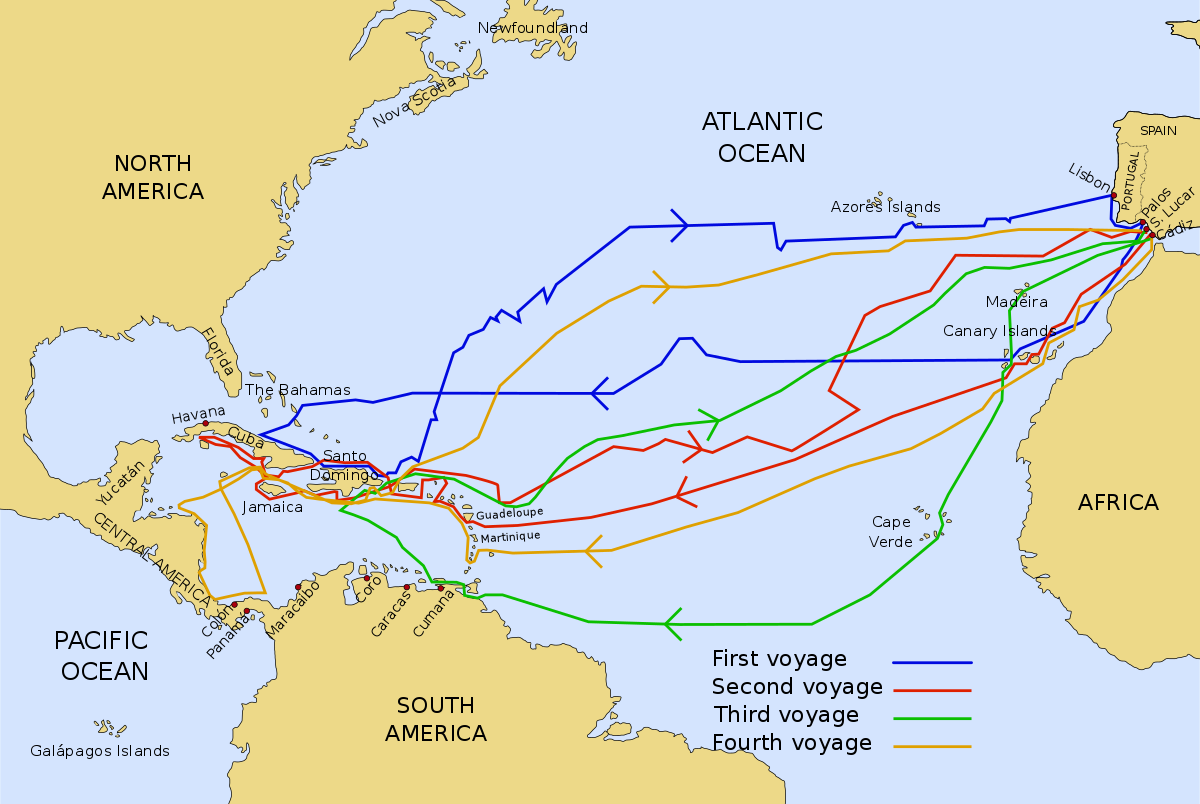
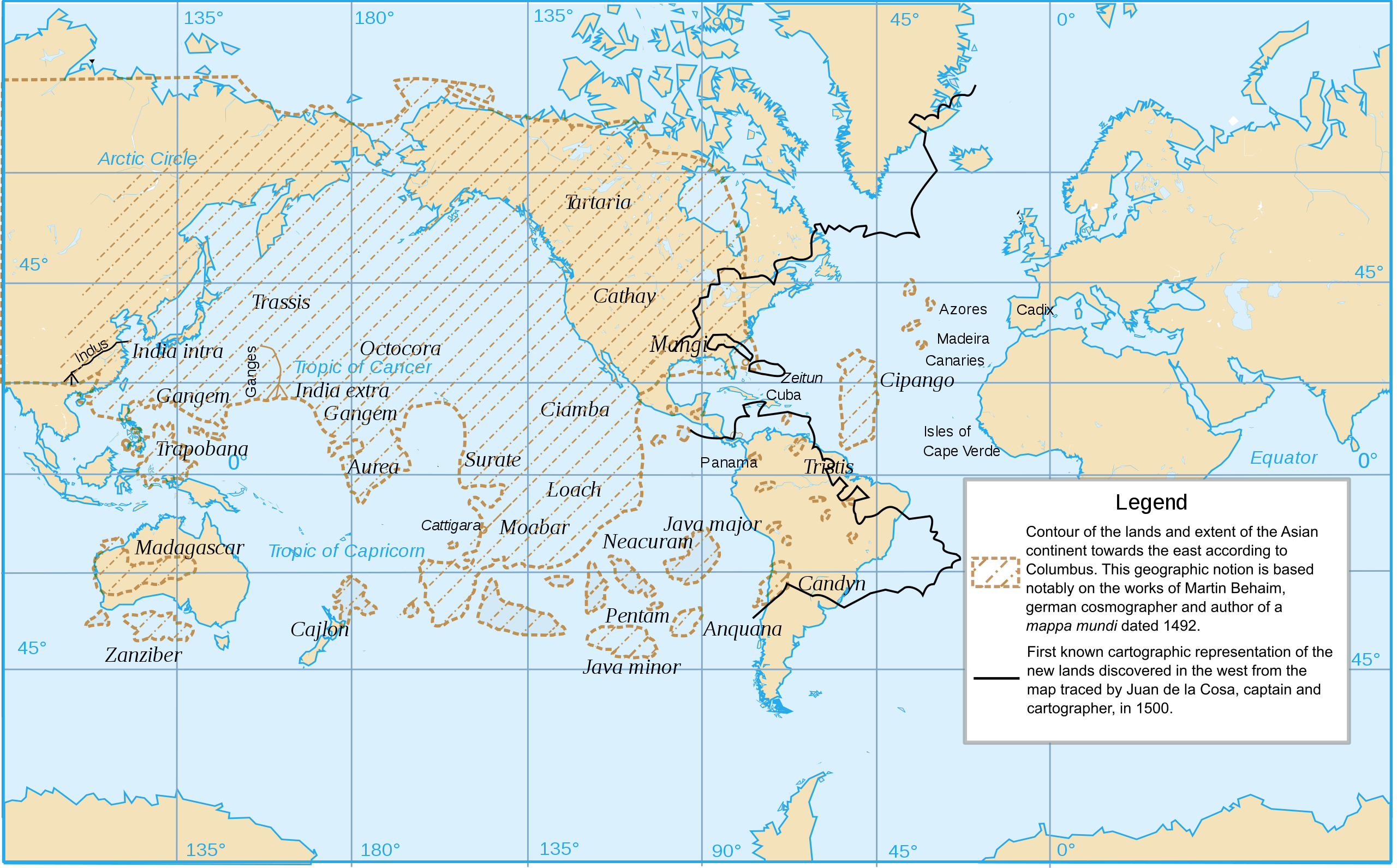


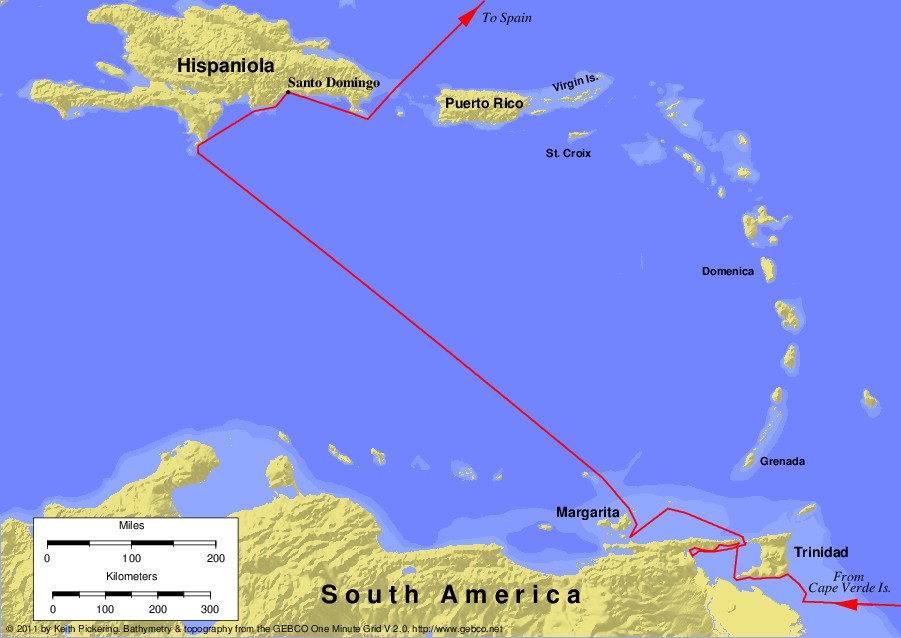

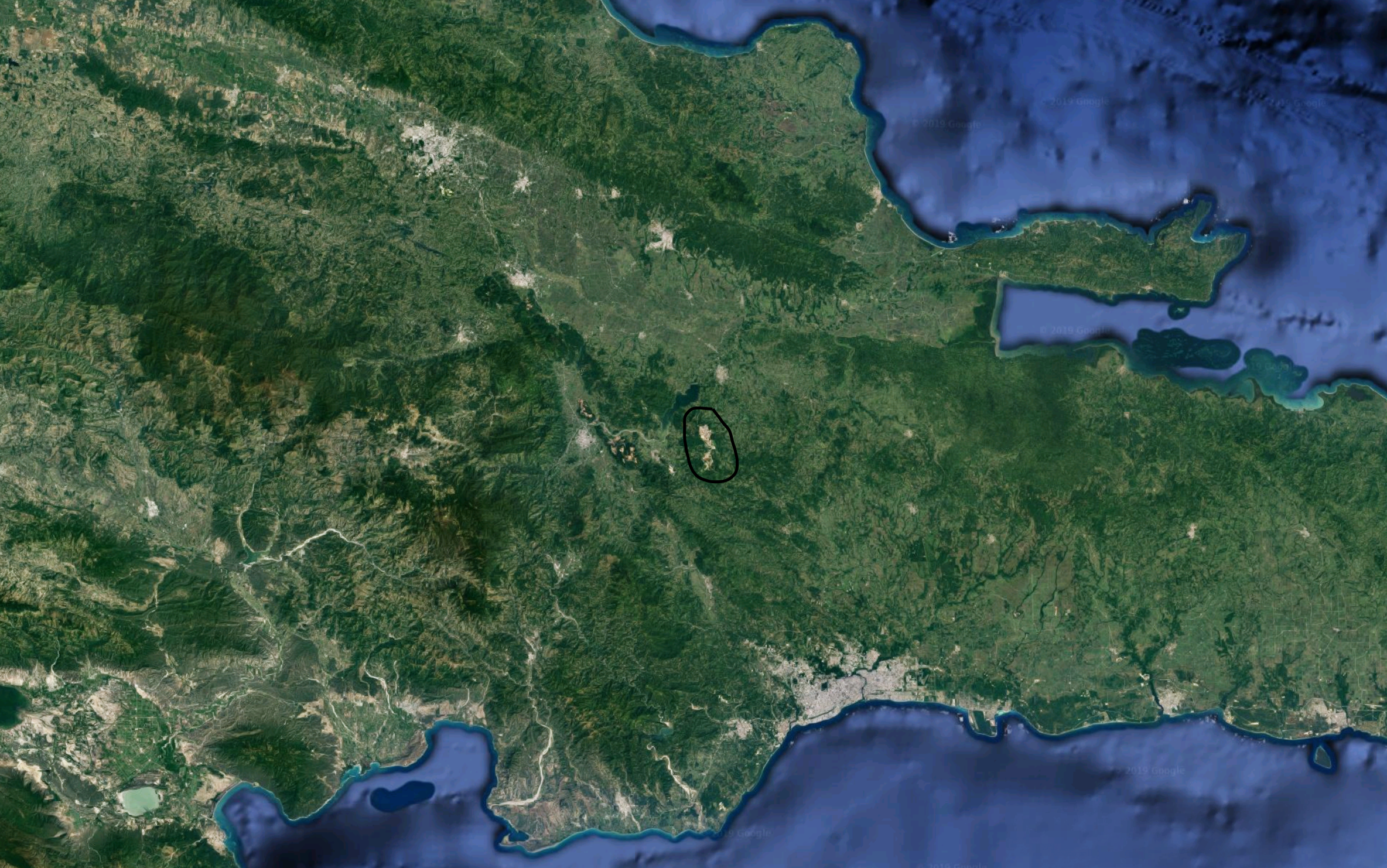



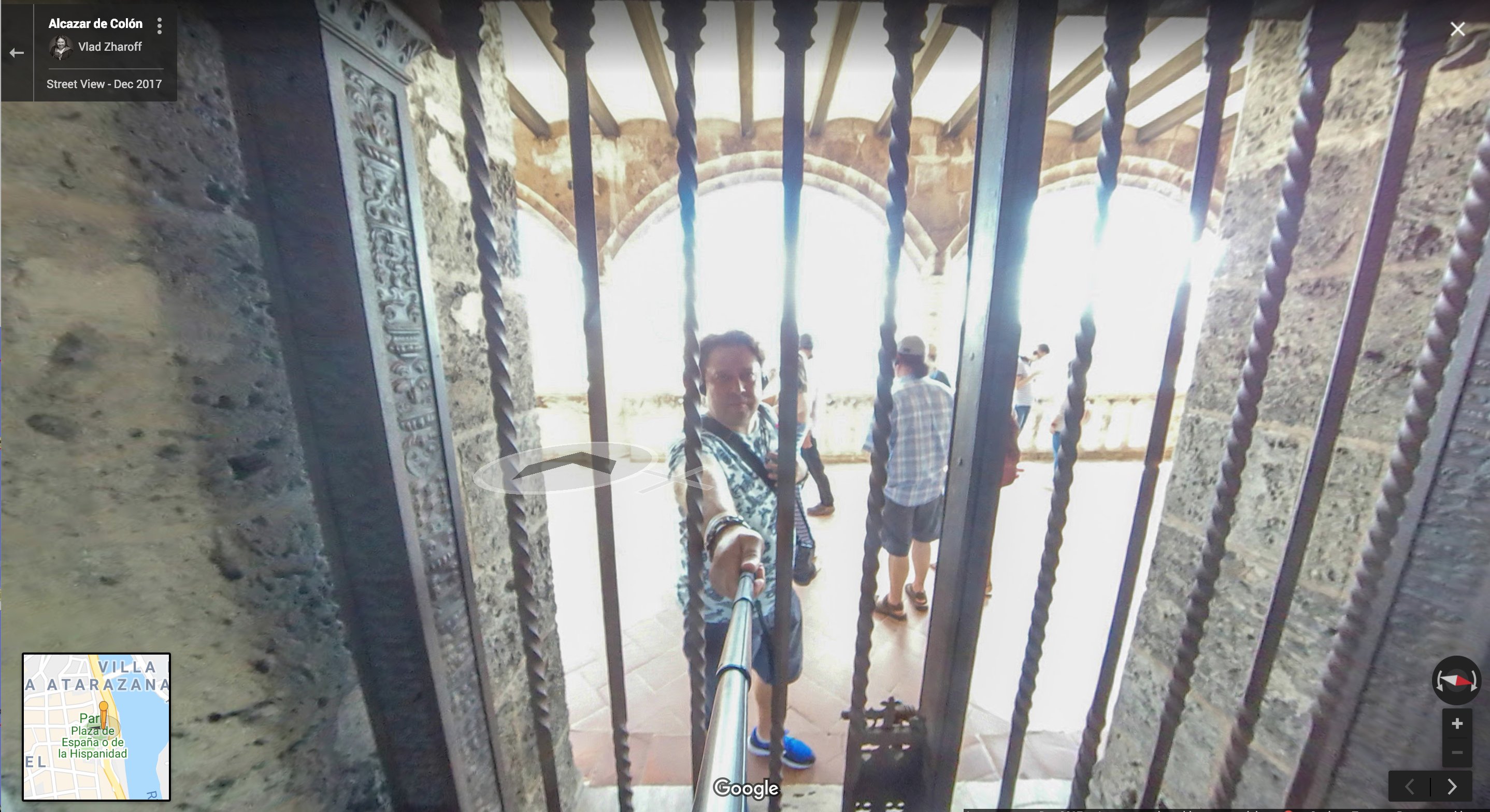
“They traded with us and gave us everything they had, with good will…they took great delight in pleasing us. They are very gentle and without knowledge of what is evil; nor do they murder or steal…Your highness may believe that in all the world there can be no better people…They love their neighbours as themselves, and they have the sweetest talk in the world, and are gentle and always laughing.”
– Christopher Columbus